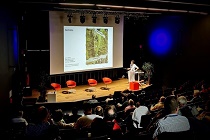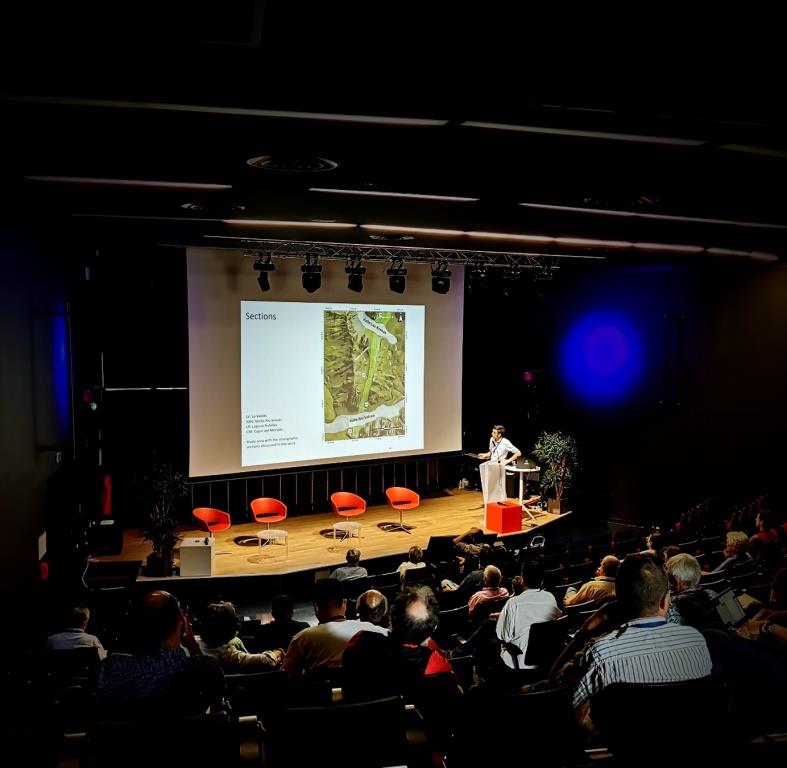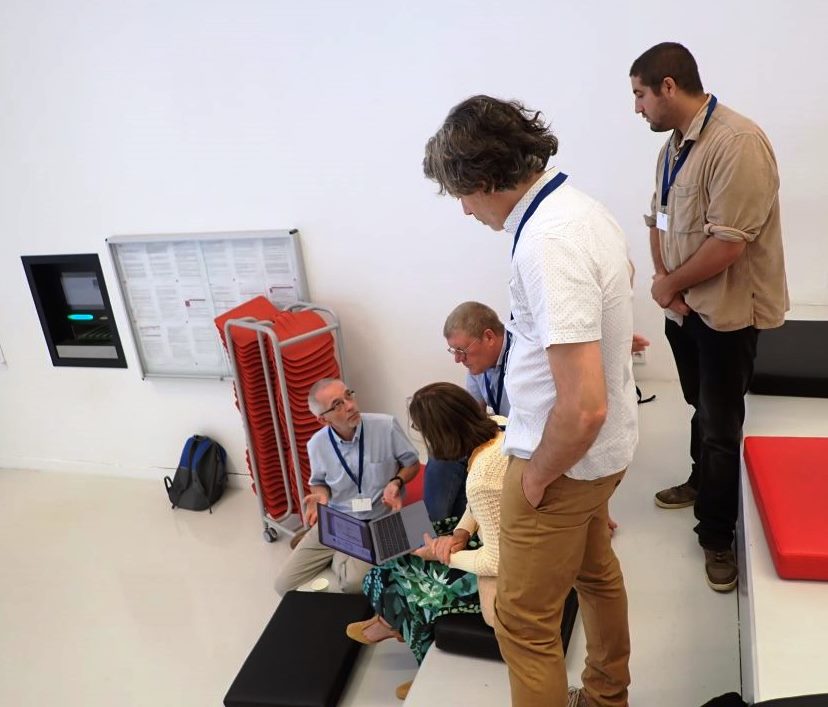 On July 10-13, 2023, the 4th International Congress on Stratigraphy (STRATI) was held at the congress center of the University of Lille in France. Like the previous conferences in this series (Lisbon 2013, Graz 2015, and Milan 2019), it brought together leading scientists working on the stratigraphy of each period in Earth’s history.
On July 10-13, 2023, the 4th International Congress on Stratigraphy (STRATI) was held at the congress center of the University of Lille in France. Like the previous conferences in this series (Lisbon 2013, Graz 2015, and Milan 2019), it brought together leading scientists working on the stratigraphy of each period in Earth’s history.
The congress was attended by a total of more than 250 people from around the world, who delivered 170 papers and presented 64 posters. The congress also included six field trips, during which the most spectacular and geologically important exposures of the Paleozoic, Mesozoic, and Cenozoic of France, the United Kingdom, Belgium, and Estonia were presented and discussed.
This year’s conference was divided into 23 subject-specific sessions that concerned both the different periods of the Phanerozoic (i.e., the last 542 million years of Earth’s history, which are characterized by the abundant fossil remains of the organisms that inhabited it) and the different rock dating methods.Szczególną uwagę uczestników wzbudziły referaty dotyczące zastosowania baz danych oraz metod uczenia maszynowego do rekonstrukcji geologicznych dziejów Ziemi (Christoper Scotese, Northwestern University, USA), a także przydatności różnego rodzaju wskaźników geochemicznych do datowania skał osadowych (Michael M. Joachimski, Uniwersytet w Erlangen-Nürnberg, Niemcy).
Of particular interest to the participants were papers on the use of databases and machine learning methods for reconstructing the geological history of the Earth (Christoper Scotese, Northwestern University, USA), as well as the usefulness of various types of geochemical indicators for dating sedimentary rocks (Michael M. Joachimski, University of Erlangen-Nürnberg, Germany).
It is also worth mentioning the separate session on the Anthropocene. According to the latest (as of the first days of July 2023) findings of the Anthropocene Working Group, the beginning of that youngest geological epoch can be defined as the 1950s, when human activity began to affect the ecosystem in a way that was significant enough that its effects became observable in the fossil record. A reference example of such changes, documented in the sediments of Lake Crawford (Canada), was presented by Francine M.G. McCarthy of the Brock University (Canada).
The STRATI Conference was also attended by the staff of the National Geological Institute: Jacek Grabowski, PhD, DSc (a professor at the Institute), and Damian Lodowski, MSc. They presented the results of their research on the stratigraphy and paleoenvironments of the areas of the turn of the Jurassic and Cretaceous periods of the Slovenian Basin (Slovenia), the Transdanubian Mountains (northern Hungary), and the Vocontian Basin (southeastern France).
In addition, Prof. Grabowski - in his capacity as the chairman of the Berriasian Working Group - presented the latest findings on the critical events observed at the boundary between the Tithonian (the youngest stage of the Jurassic system) and the Berriasian (the oldest stage of the Cretaceous system). After a series of reviews and votes, the International Stratigraphic Commission will ratify one of them as characteristic of the beginning of the Berriasian - and therefore the Cretaceous system as such.

“Lilliad” Convention Center, University of Lille, France

One of the speeches during the STRATI 4 Conference

Jacek Grabowski, PhD, DSc, a professor at the Institute (first on the left), and other conference participants discuss issues related to the subject of the conference. Photo Atsushi Matsuoka of the University of Niigata (Japan)
Text: Damian Lodowski














 PGI-NRI offer
PGI-NRI offer Mineral resources of Poland
Mineral resources of Poland  Oil and Gas in Poland
Oil and Gas in Poland 




 Subscribe to RSS Feed
Subscribe to RSS Feed